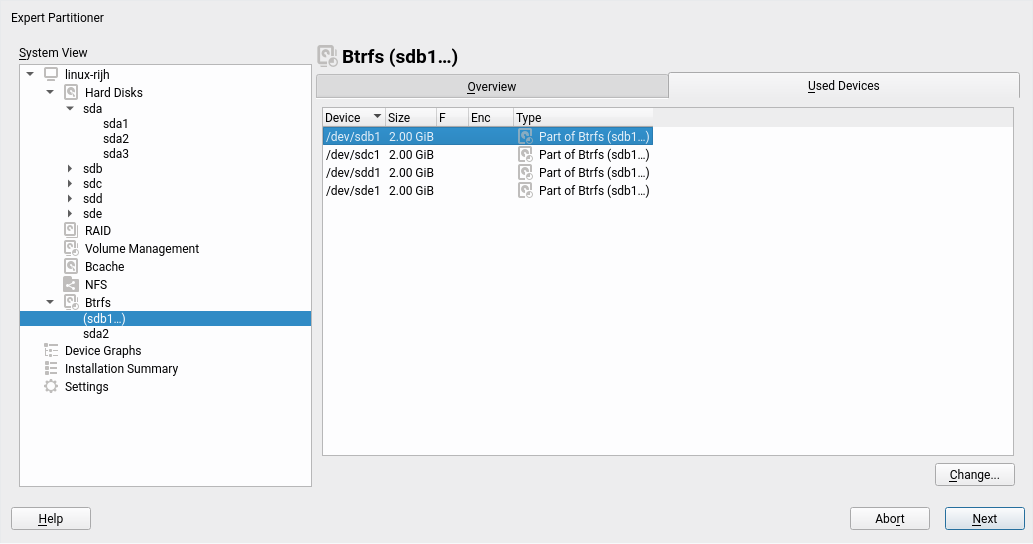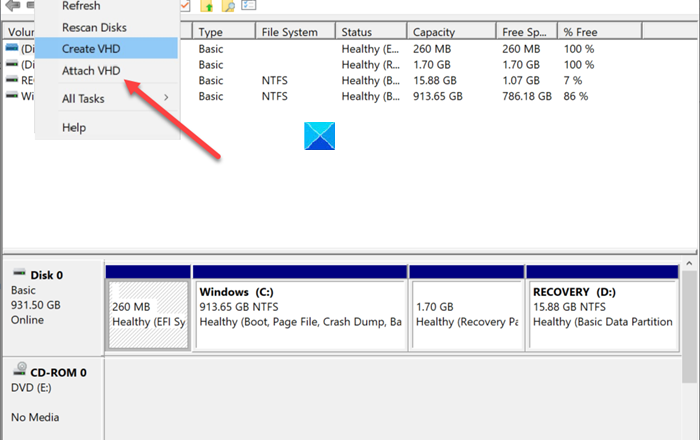

- #Could not mount file system using macfusion mac os#
- #Could not mount file system using macfusion install#
- #Could not mount file system using macfusion download#
For everyone else, the project-supplied SpotlightFS and sshfs packages are a simpler alternative. If you intend to take that route, be sure to scour the HOWTO on the project’s wiki for hints before you start. With MacFUSE Core installed, you can compile most existing FUSE filesystems from source. The sshfs and SpotlightFS installers at the MacFUSE project are two such packages MacFusion provides more of its own. To add any particular filesystem module (such as sshfs) requires installing its own package.
#Could not mount file system using macfusion install#
When you install the MacFUSE Core package, you are installing OS X system hooks to the FUSE API. In a nutshell, FUSE is an application program interface (API). If it is not clear, you can get lost in all the terminology. To get the most out of MacFUSE, you need to understand the difference between FUSE itself and the various FUSE filesystems. And you can connect to the same share from multiple locations without having to worry about resyncing every client. You can edit a file on your local machine and, in the event of a crash, only lose the changes made since your last save. You can tail the contents of a remote log file. There are many things you can do with them that you can’t do by repeatedly copying a file back and forth. The ability to work on original files remotely is why network file systems like NFS and SMB were created and remain popular to this day. When you open a file, you are opening, reading, and working on the original, remote copy itself, not a temporary duplicate moved back and forth. With FUSE, the remote share is mounted in your local filesystem - the remote files are connected live to your local system. They do not.īoth of those apps merely open up an SSH connection to the remote machine and transfer whole files back and forth, letting you work on a temporary local copy and then uploading the new version back to the remote machine.


The last time I wrote about FUSE and sshfs, a few commenters commented that fish:// in KDE’s Konqueror browser and ssh:// in GNOME’s Nautilus do the same thing: connect you locally to files on a remote SSH server.

Understanding FUSE: what it is, what it isn’t The pull-down menu starts off set to Current Downloads - select either All Downloads or Deprecated Downloads to see the older releases. You can get to MacFUSE Core 0.3.0 through the Downloads tab at the MacFUSE page. Version 0.4.0 is too new to work with the user-friendly utilities you need to get started - including the SpotlightFS 0.1.0 and sshfs 0.3.0 packages.
#Could not mount file system using macfusion download#
The newest release of MacFUSE Core is 0.4.0, but for right now, I recommend that you download the previous release. And it is OS X’s BSD compatibility that enabled Google engineer Amit Singh to write the FUSE kernel extension and library he released in January.Īt the MacFUSE project home page, you will find installer packages for the core MacFUSE utility and two FUSE filesystem modules: SpotlightFS and sshfs.
#Could not mount file system using macfusion mac os#
Now you can do the same thing on Mac OS X, courtesy of MacFUSE.įUSE has never been limited to Linux, of course - FreeBSD has had it for years. Using FUSE modules, you can mount all sorts of innovative resources - Gmail, your Flickr photos, a remote SSH server - directly into your local machine’s filesystem and use their contents exactly as if they were normal files. Filesystem in Userspace (FUSE) has long been one of my favorite features on Linux systems.


 0 kommentar(er)
0 kommentar(er)
